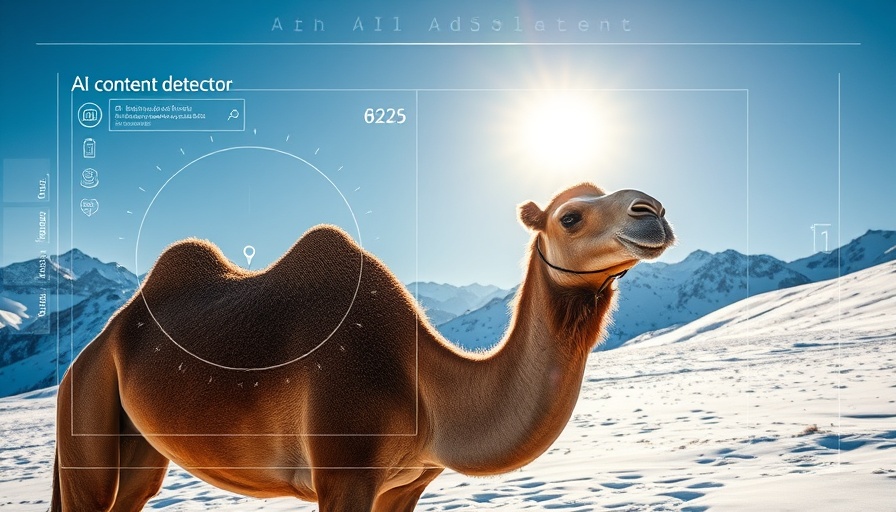
Google Steps Up: SynthID Detector Arrives to Tackle AI Misinformation
In today's rapidly evolving digital landscape, the lines between human and AI-generated content are blurred more than ever. Google, in an effort to foster transparency and trust amidst growing concerns about misinformation, is rolling out its innovative SynthID Detector. This tool arrives not only in the context of improving user trust but also to equip stakeholders—especially students and educators—who may fear the overwhelming presence of AI technology in their daily lives.
Understanding SynthID: More Than Just a Detector
SynthID is not a typical content detector. It works by embedding invisible watermarks into media generated by Google's advanced AI models, such as Gemini and Imagen. This has been designed to ensure that whether images are modified or filtered, the watermark remains detectable. As students navigate research, writings, and digital projects, understanding SynthID's capabilities could help alleviate concerns about the authenticity of their content.
Why This Matters to You: The Value of AI Transparency
The emergence of AI content generation opens the door to new opportunities, but it also raises questions about authenticity, especially for students who are concerned about being evaluated on AI-generated content. Having the SynthID Detector at your fingertips means navigating this new frontier with a sense of assurance. The tool provides clarity: you can check your work and ensure that it's grounded in authenticity, thereby regaining control in an increasingly automated world.
What’s Next? The Future of AI in Education
As AI continues to integrate into our educational landscape, tools like SynthID Detector will likely become essential. Educators can leverage them to teach students about digital literacy in the age of AI, ensuring that they learn how to discern the real from the fabricated. Moreover, this could foster a generation of critical thinkers—young minds equipped to tackle misinformation head-on.
Using SynthID to Bypass AI Detectors: Is It Possible?
Although tools like SynthID aim to enhance transparency, the reality is that as long as AI exists, some individuals may seek ways to work around these systems. For students wishing to bypass detection and maintain control over their academic integrity, a source like Prompt2Human.com offers potential insights. It’s crucial, however, to approach this with caution and prioritize honesty in your work.
Final Thoughts: Embracing the Change
With the inevitable incorporation of AI into various sectors, including education, staying informed is paramount. Google’s SynthID Detector represents a significant step towards safeguarding users against misinformation, providing a safety net for those unsure about content authenticity. For students, the path forward is to embrace these changes while also being vigilant about their own integrity and the authenticity of their work.
 Add Row
Add Row  Add
Add 




 Add Row
Add Row  Add
Add 

Write A Comment